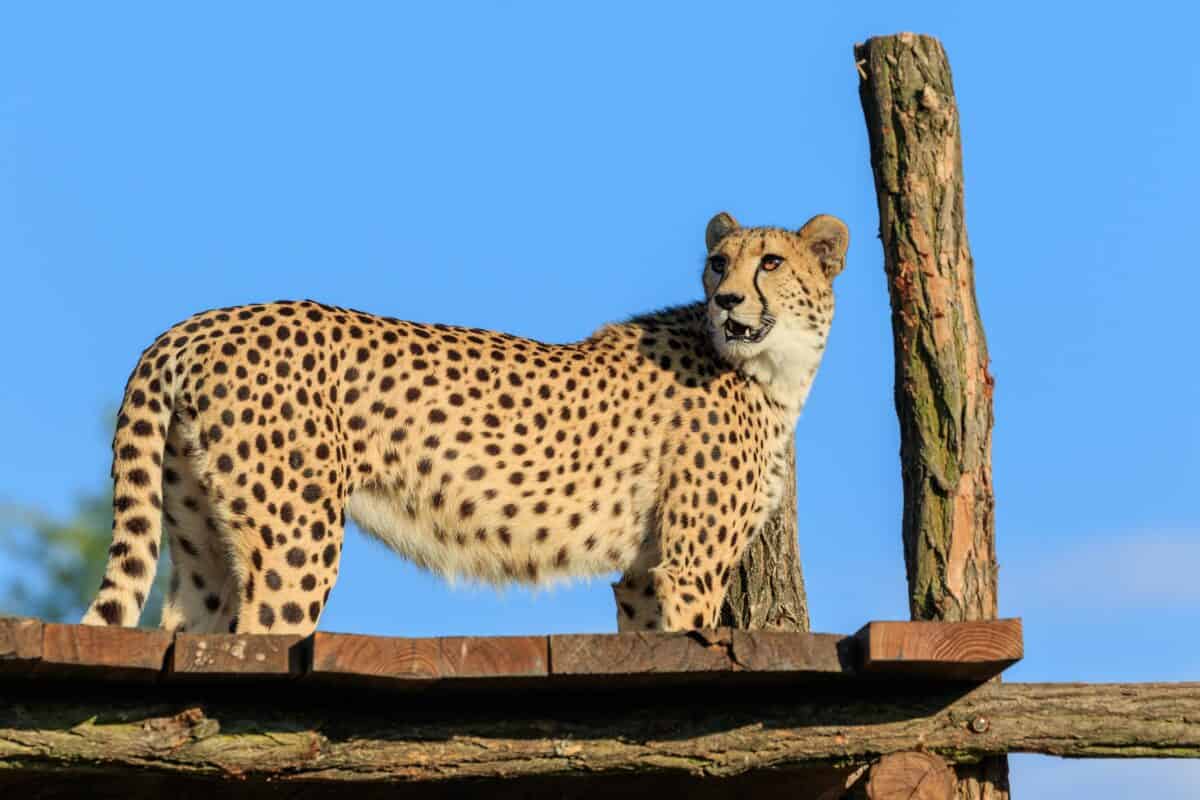Cheetahs are often celebrated for their astonishing speed, which sets them apart in the animal kingdom as the fastest land mammal. These sleek, powerful cats have captivated the human imagination for centuries, embodying the thrilling intersection of grace and velocity. To truly appreciate the cheetah’s incredible capabilities, one must delve into the intricate anatomy, behavior, and evolutionary adaptations that enable this feline marvel to outpace its prey.
History and Evolution of the Cheetah

Cheetahs have roamed the Earth for millions of years, with their evolutionary roots traceable back to the Pleistocene epoch. Originally found across multiple continents, today they primarily inhabit the grasslands and savannas of Africa. This remarkable evolutionary journey has equipped them with unique adaptations that make them the ultimate sprinters in the wild.
Anatomy of Speed
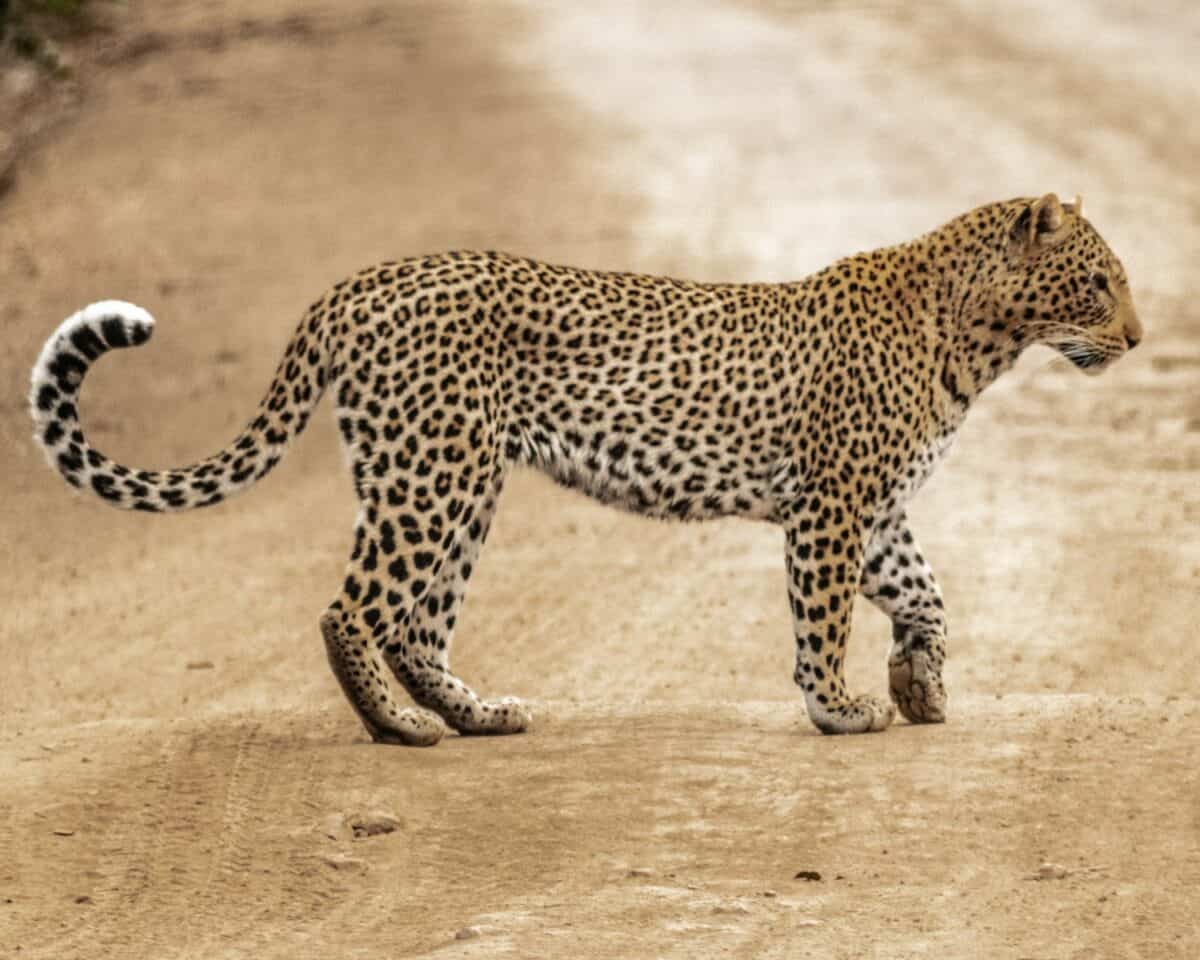
The cheetah’s body is a masterpiece of engineering tailored for speed. Unlike other big cats, cheetahs boast a lean physique with long legs and a lightweight skeleton that reduces resistance and increases stride length. Their flexible spine acts as a spring, helping them cover up to 21 feet in a single bound. Strong hind limbs provide thrust, while non-retractable claws give them the necessary grip.
The Role of Muscles and Tendons
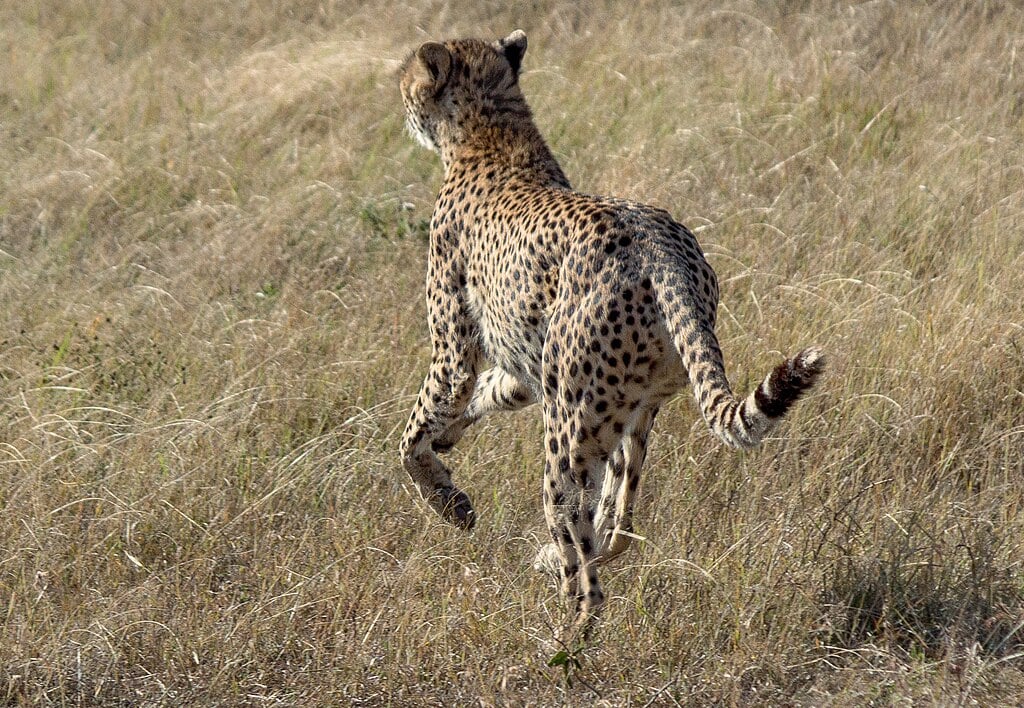
An intricate network of muscles and tendons powers the cheetah’s explosive acceleration. Fast-twitch muscle fibers allow for rapid contractions, providing the speed and energy needed for short bursts of incredible performance. The tendons in their legs act as natural shock absorbers, enabling quick recovery and continuous motion.
Breathing Under Pressure
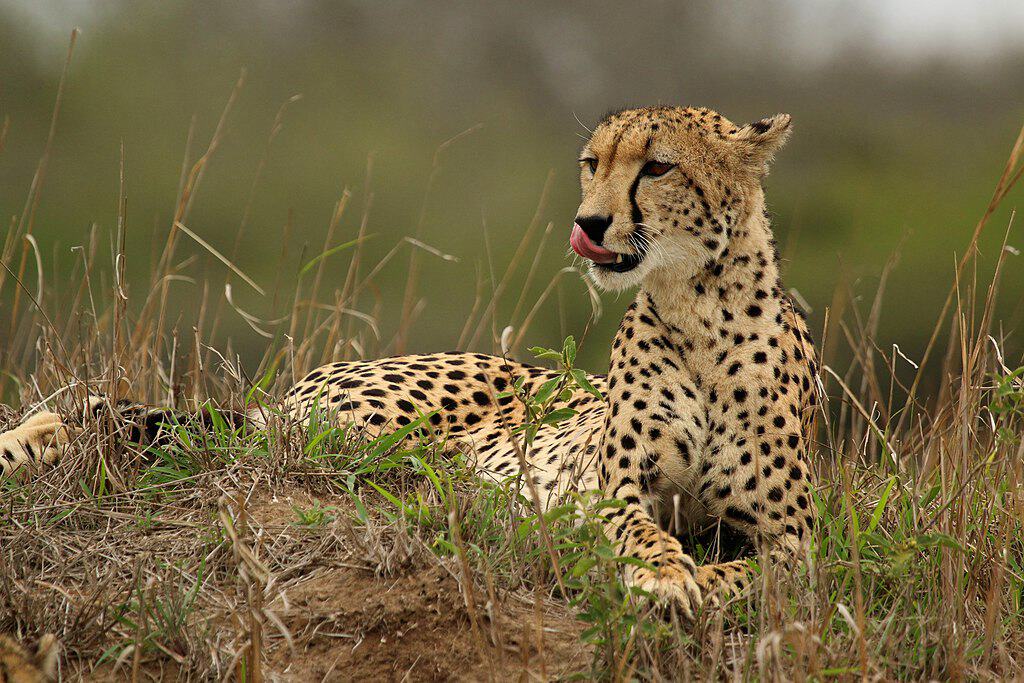
When sprinting, cheetahs need an enormous amount of oxygen, achieved through their enlarged nasal passages, which allow for rapid intake. Their distinctively large lungs and heart pump oxygen-rich blood efficiently, ensuring muscles receive the necessary energy throughout the chase.
Superior Vision for Targeting Prey

Cheetahs rely heavily on their sight to hunt, rather than scent. Their keen eyesight helps them detect and track prey from a distance of up to 3 miles. This ability, combined with incredible focus, allows them to select the best moment to initiate the pursuit, minimizing energy expenditure and maximizing success.
Camouflaged Coats The Art of Deception

A cheetah’s coat is not just for appearance; it is a critical tool for stealthy hunts. The spotted pattern provides excellent camouflage, allowing cheetahs to blend with the tall grass and landscapes of their habitat. This disguise lets them creep close to their prey before exploding into their signature high-speed chase.
Startling Acceleration The Sprint Begins
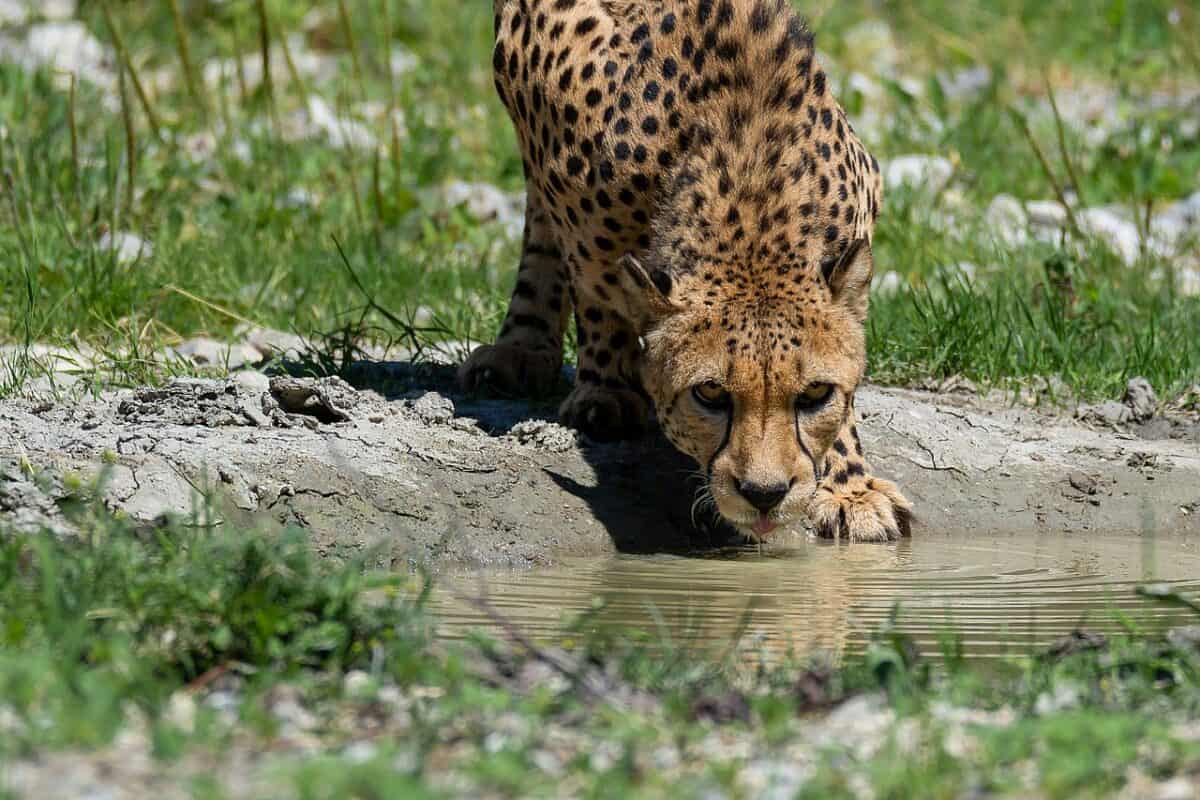
When a cheetah initiates a sprint, it accelerates from 0 to 60 mph in just a few seconds—faster than a typical sports car. Such acceleration is key to surprising unsuspecting prey and closing the distance rapidly, underscoring the importance of quick reactions and precise timing during a hunt.
Turning Agility and Balance
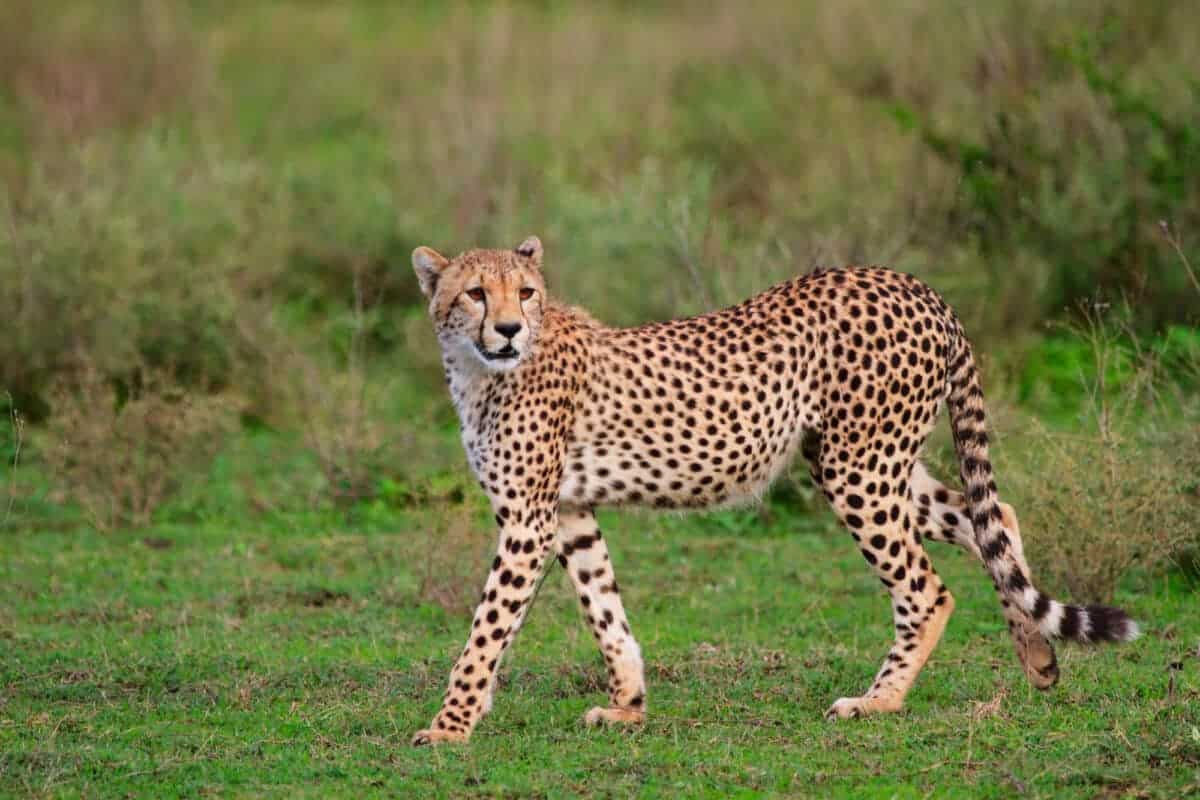
High-speed chases often require sharp turns, where the cheetah’s tail plays a pivotal role. Acting as a counterbalance, the tail helps the cheetah make swift, tight turns without losing speed or stability. This agility enables it to keep up with evasive prey, maintaining control even at top speeds.
The High-Energy Cost of Speed

While cheetahs can outrun most other animals in short distances, this remarkable ability comes with a high-energy demand. A single high-speed pursuit can consume a significant amount of energy, limiting the distance they can chase before requiring rest. This necessitates strategic targeting and precision during hunts.
Post Chase The Recovery Phase

After an intense sprint, cheetahs require ample time to recover before they can safely consume their prize. Panting heavily, they focus on lowering their body temperature and recuperating their energy levels, making them vulnerable to other predators during this time.
Conservation Status and Challenges

Despite their prowess, cheetah populations are under threat due to habitat loss, human-wildlife conflict, and declining prey numbers. Conservation efforts are crucial to preserve these magnificent creatures for future generations, focusing on habitat protection and community-based initiatives to foster coexistence.
The Fascination with Speed in the Animal Kingdom

Humans have always been fascinated by speed, and the cheetah embodies this quality within the animal kingdom. Their extraordinary adaptations serve as a source of inspiration and a reminder of nature’s ingenuity, showcasing the intricacies of survival and adaptation in the wild.
Conclusion: Marvel at the Mastery of Speed

The cheetah’s elegance, power, and speed make it one of nature’s marvels. By studying and understanding these incredible animals, we gain insight into the sophisticated dynamics of evolution and adaptation that define life on Earth. It’s not just about witnessing one of the fastest creatures; it’s about conserving and appreciating the delicate balance of our natural world.
- Jurassic World Dominion Dinosaurs - August 9, 2025
- 11 Signs a Rhino Is About to Charge - August 9, 2025
- 10 Common Chicken Behaviors and What They Mean - August 9, 2025

